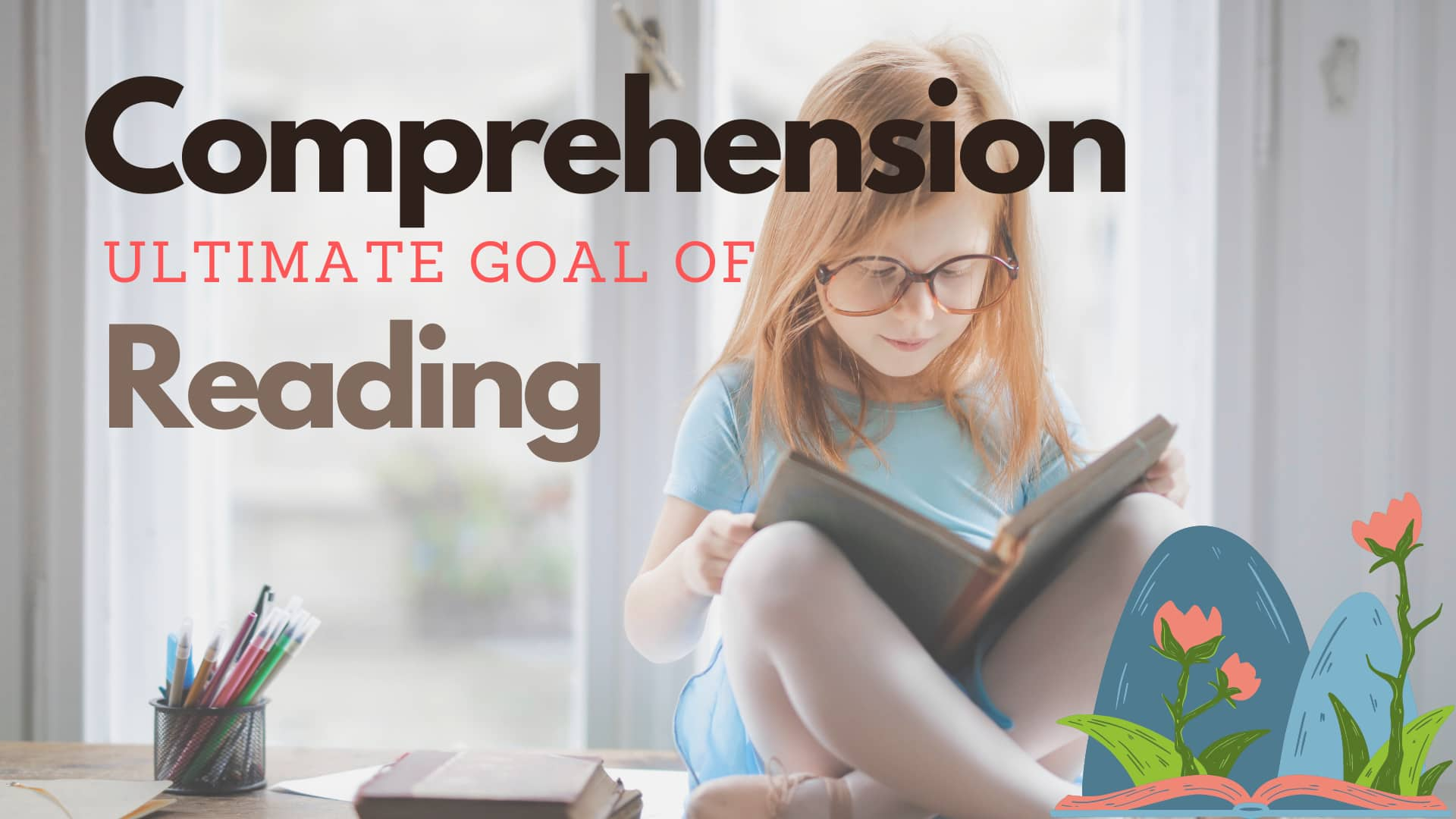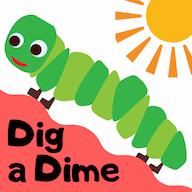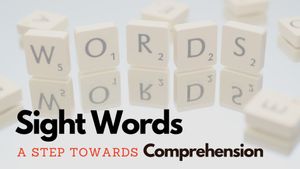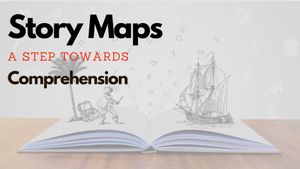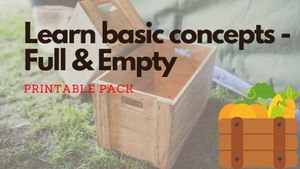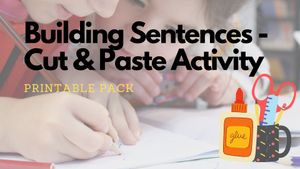Comprehension is understanding the meaning of the text being read. It is different from phonemic awareness and fluency in reading. Since comprehension skills come naturally to most of us, we often seem to use the words reading and comprehension interchangeably. Most children transition smoothly from early reading to comprehension. Nonetheless, comprehension is an important milestone for all children in their literacy skills development journey. This happens to be a topic very close to my home and heart.
We can all agree that general comprehension goals are as follows:
- Understanding the main idea behind the story (e.g. a little girl undertakes a journey to visit grandma, pigs build houses to protect themselves)
- Asking questions/ wondering what happens next
- Predicting what follows (e.g. something bad happens, a danger looming ahead)
- Making inferences based on prior knowledge (e.g. wolf is bad, witch is cruel, knights are brave)
- Visualizing the story (e.g. princess is pretty, castles are huge)
A simple example is illustrated below. There is a picture prompt based on which we can write a sentence. All the sentences are correct. But, you’ll notice that each sentence is more intuitive than the previous one. The first one is factual and merely states the answer to “what do you see?”. The last one attempts to draw inference from the same picture prompt and visualize a probable relation between the two subjects.

After reading through numerous articles addressing this learning goal, I have been able to summarize the following strategies that will help yield desired results in most children, if not all.
Increasing vocabulary
Learning new words with the help of pictures, reading stories and real-life conversations will further the comprehension skills. Having a bigger cache of words to reach out to while reading a new text will improve understanding. The rule of thumb in building vocabulary effectively would be the sight words list, which is segregated as per the grade level. As soon as a child masters the first set, you are free to work with the application of those high-frequency words through worksheets and books corresponding to that reading level. To find the grade-level wise sight words list, follow this link

Enhanced language skills are the key determinant in why certain children naturally transition from simple reading to great comprehension without much difficulty. Children dealing with a learning difficulty might find it challenging to pick up new words but with repetition and adequate reinforcements, great progress can be made over time.
Reading books
No surprise here that reading books will eventually pave the way for better comprehension. It would be ideal to select books that interest your child and then engage in active reading with them once a day. Active reading with a child will include things like animated reading, asking leading questions to encourage thought, reinforcing the main events and outcomes, discussing the pictures, and what they suggest in detail. While working on comprehension, these familiar sequences, structures, and patterns will help them relate and interpret the information.
Sequencing the story
Visual break-down of the story might help a child gain a better understanding of the story. Once the child can follow the narrative, we can test their understanding by a simple three-point sequencing of the story - beginning, middle, and ending. These would be broad headings for the basic flow of the story without requiring an in-depth understanding of the story.
For beginners, we can simply encourage them to draw pictures to express their understanding. Significant adult support and guidance might be required at this stage. However, soon we can transition to short phrases and help them structure simple sentences to explain the sequence of the narrative.
Ability to retell or recount the story
Once children can understand the story structure and sequence of the narrative, encouraging them to retell the story in their own words will help us understand which aspects they seem to retain easily and which important bits they missed. In my son’s case, he will always remember appropriately all the animal characters. We have to revisit the story to clarify the role the other characters played in the narrative. I usually resort to guiding questions to help him tell the story in his own way.
Story maps
As the child matures as a reader, breaking down the story into a visual story map, outlining the following will help meaningful and increased comprehension over time. Story grammar is the various elements that come together to build the story. To read through a more detailed take on story maps, follow this link

For beginners, selecting already loved stories to populate these fields will help them think in these lines going forward. With enough practice with story maps, comprehension of text and stories in general will improve.
Answering questions
Finally, the objective of comprehension at a kindergarten or Grade 1 level is to successfully answer questions at the end of the story. As a strategy, we can encourage them to try and answer from memory after they finish reading the text once. Next, we tell them to go back to the story and find the answers for the ones they missed or answered incorrectly. Also, reinforcing the questions they succeeded in answering will help improve their confidence.
Hopefully, these five strategies will give you a few leads in working with your child’s comprehension skills. I too am in between these above-mentioned stages of development in my son’s road to comprehension. He is a fairly good reader for his grade level, but comprehension is something we have been working on for quite some time. Hence, do leave your comments on what worked for you and your child and what didn’t.


